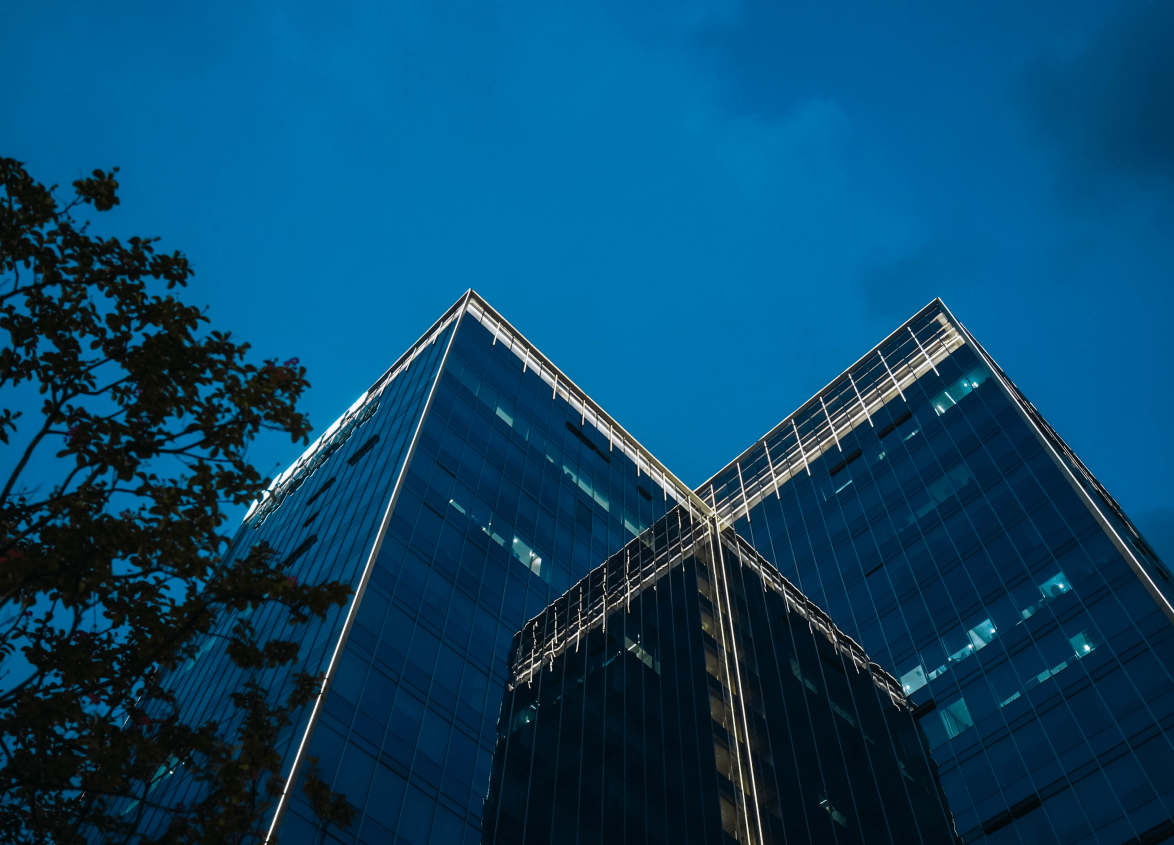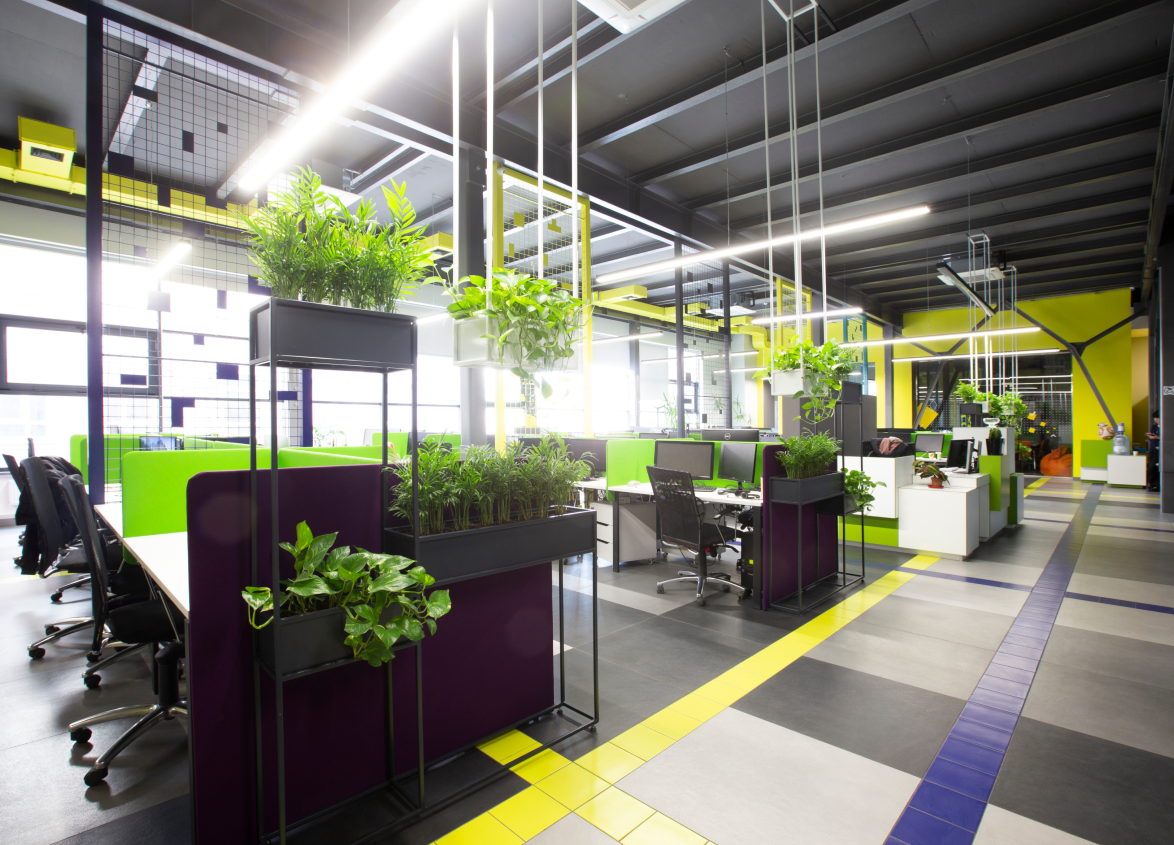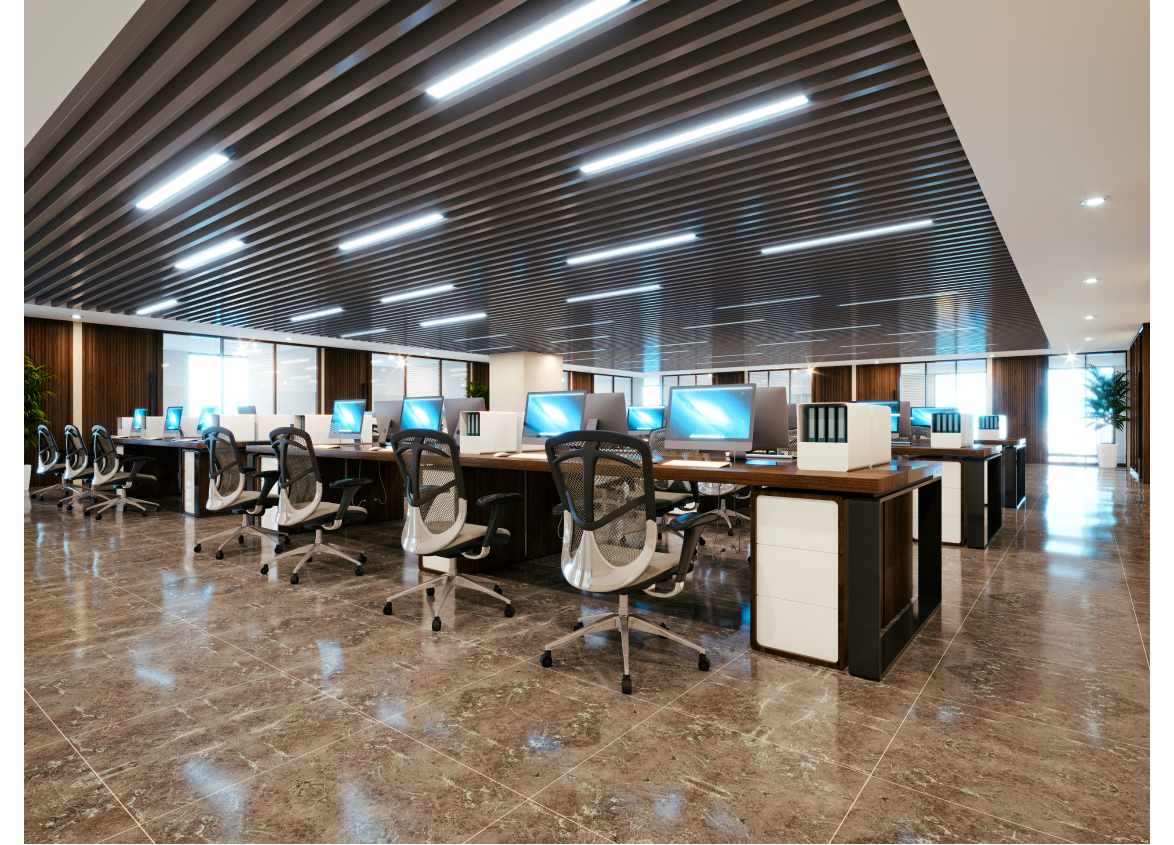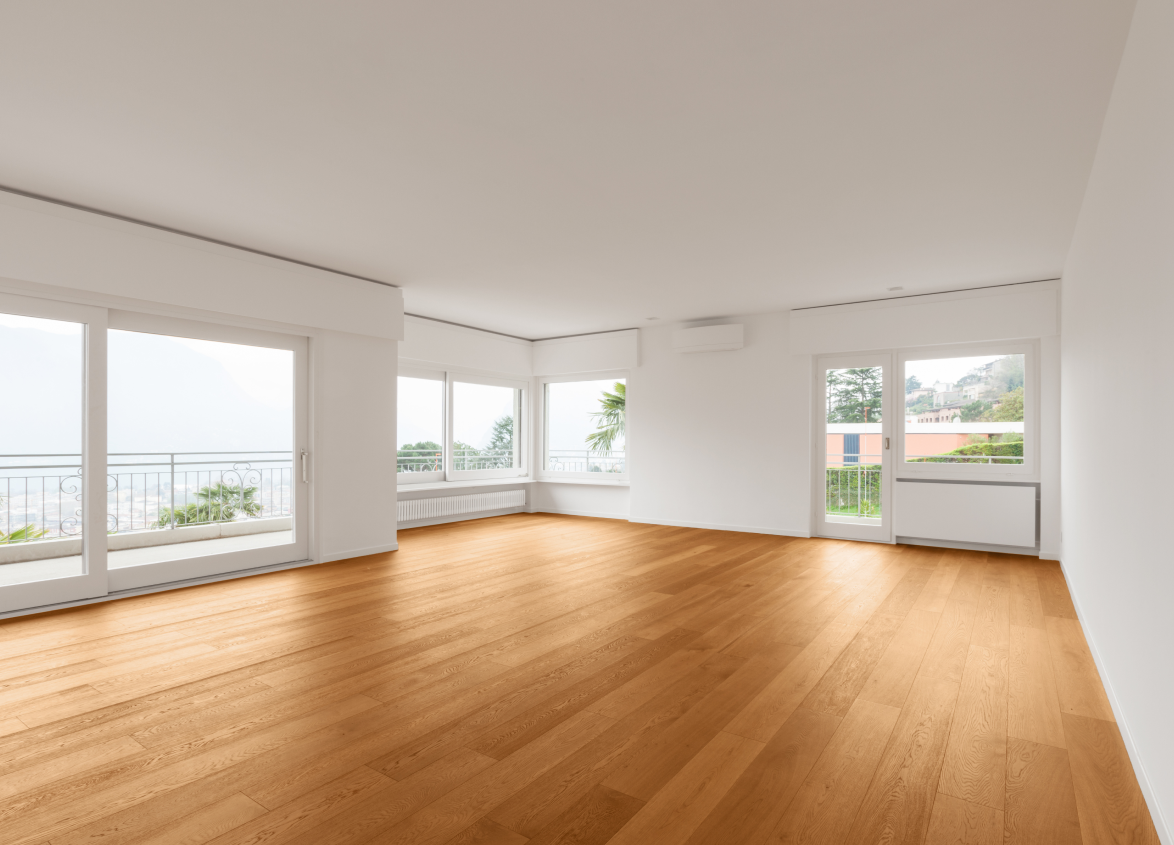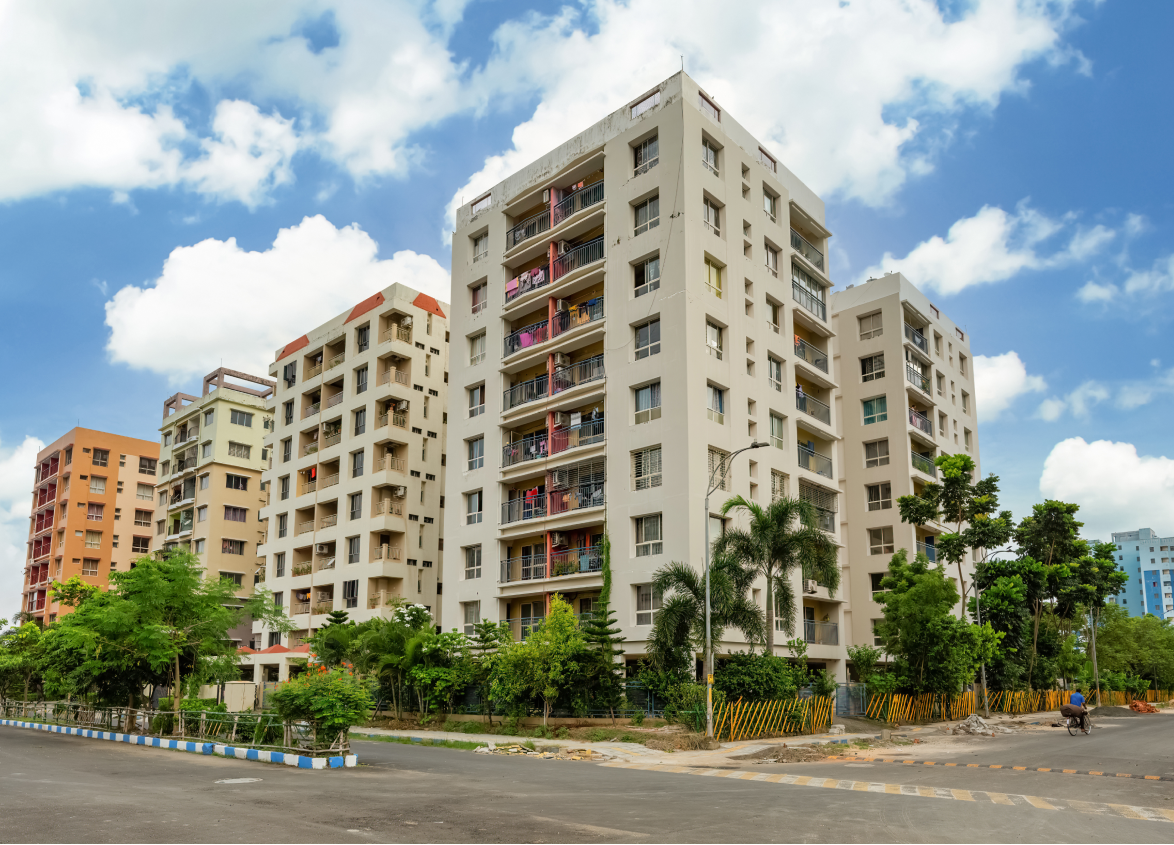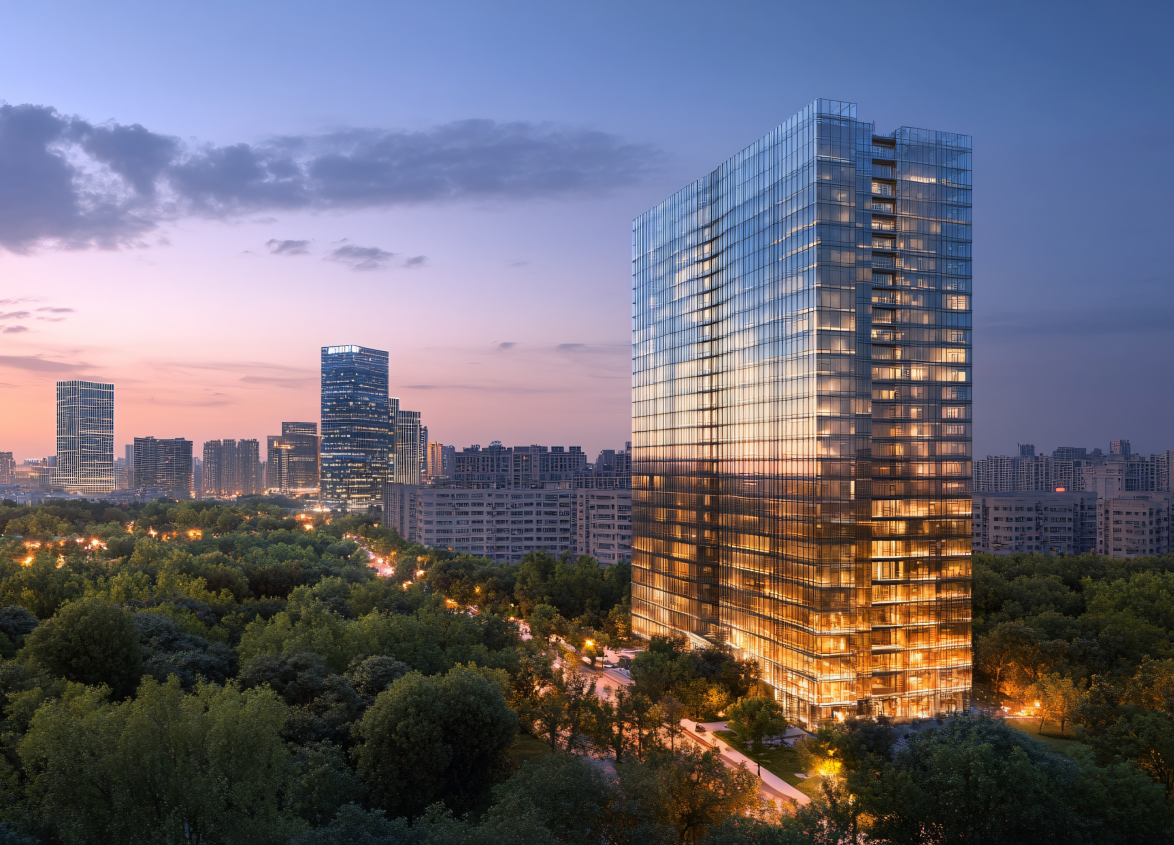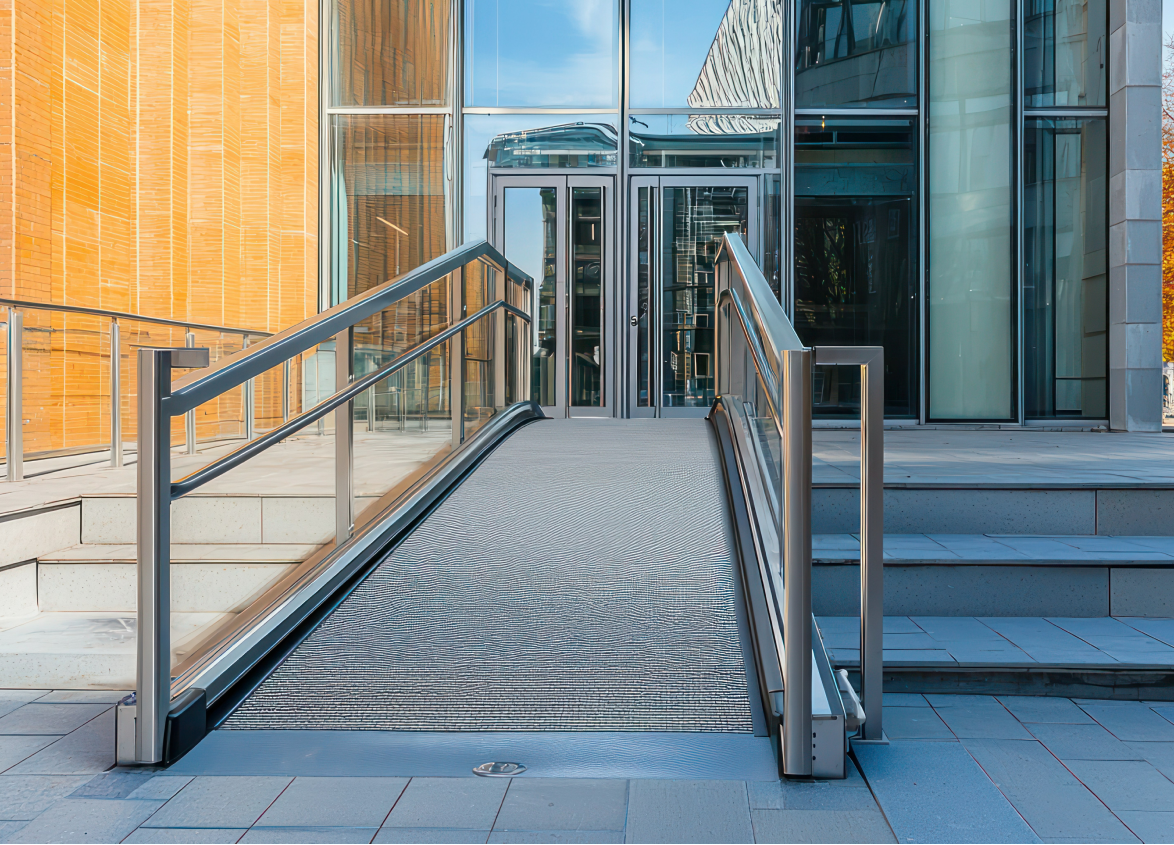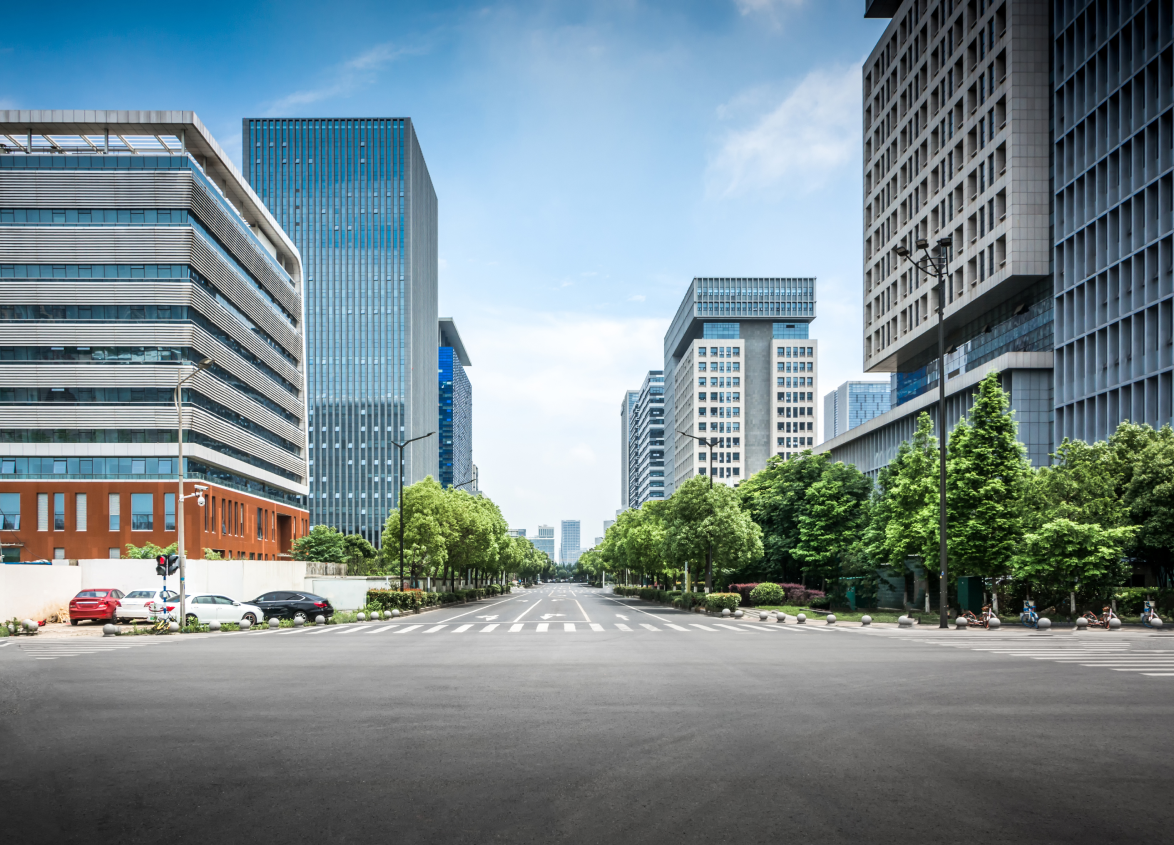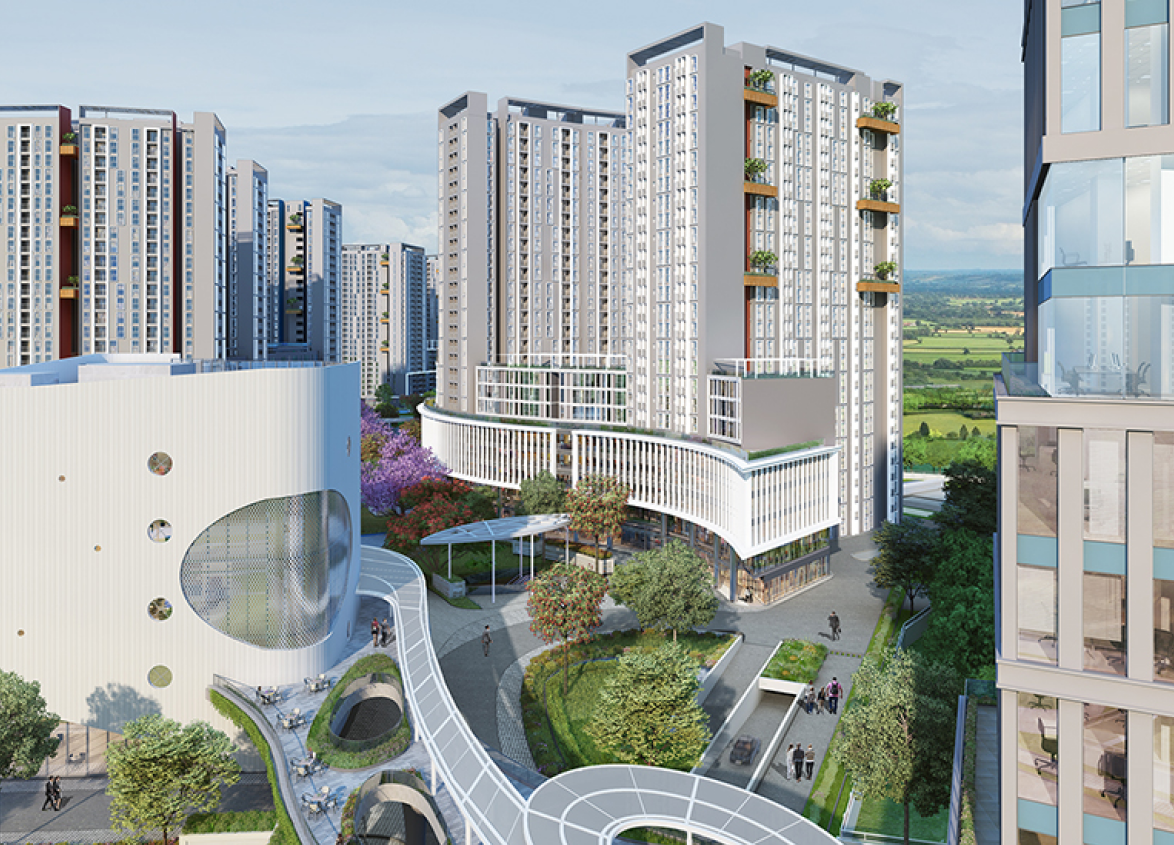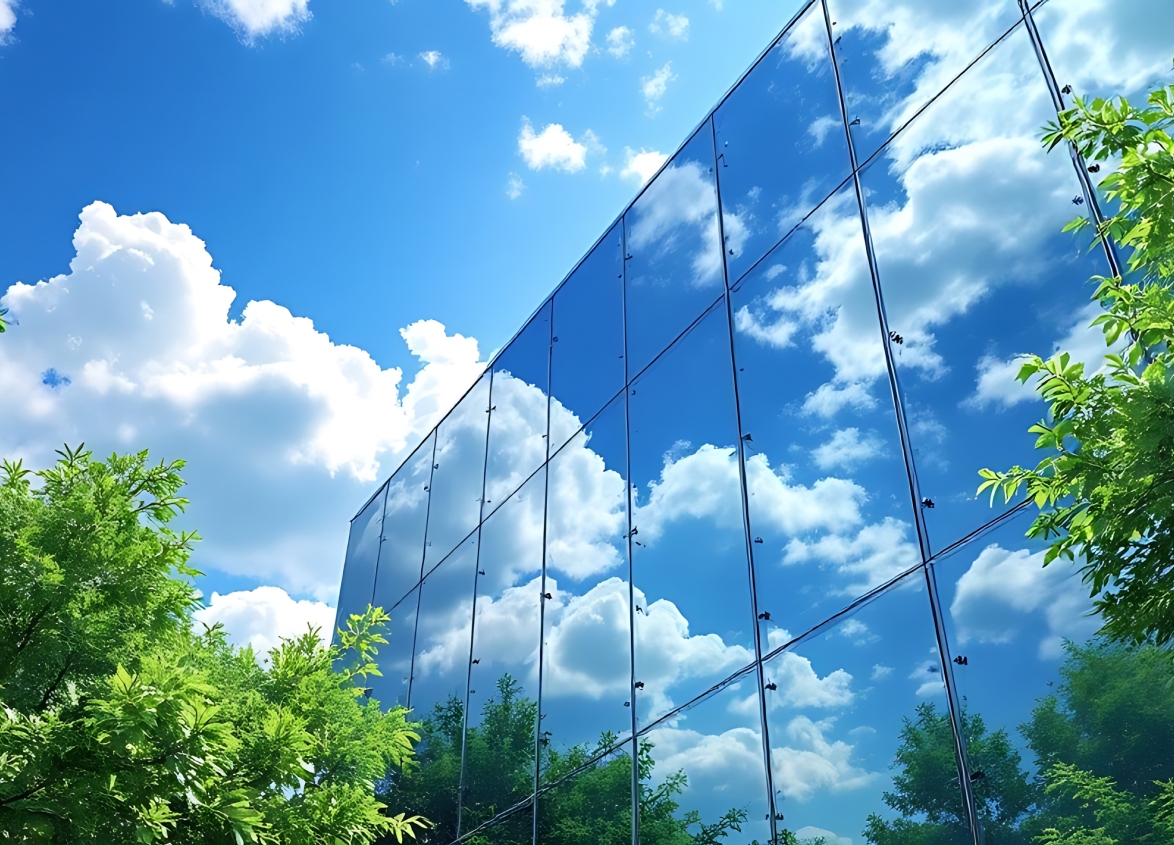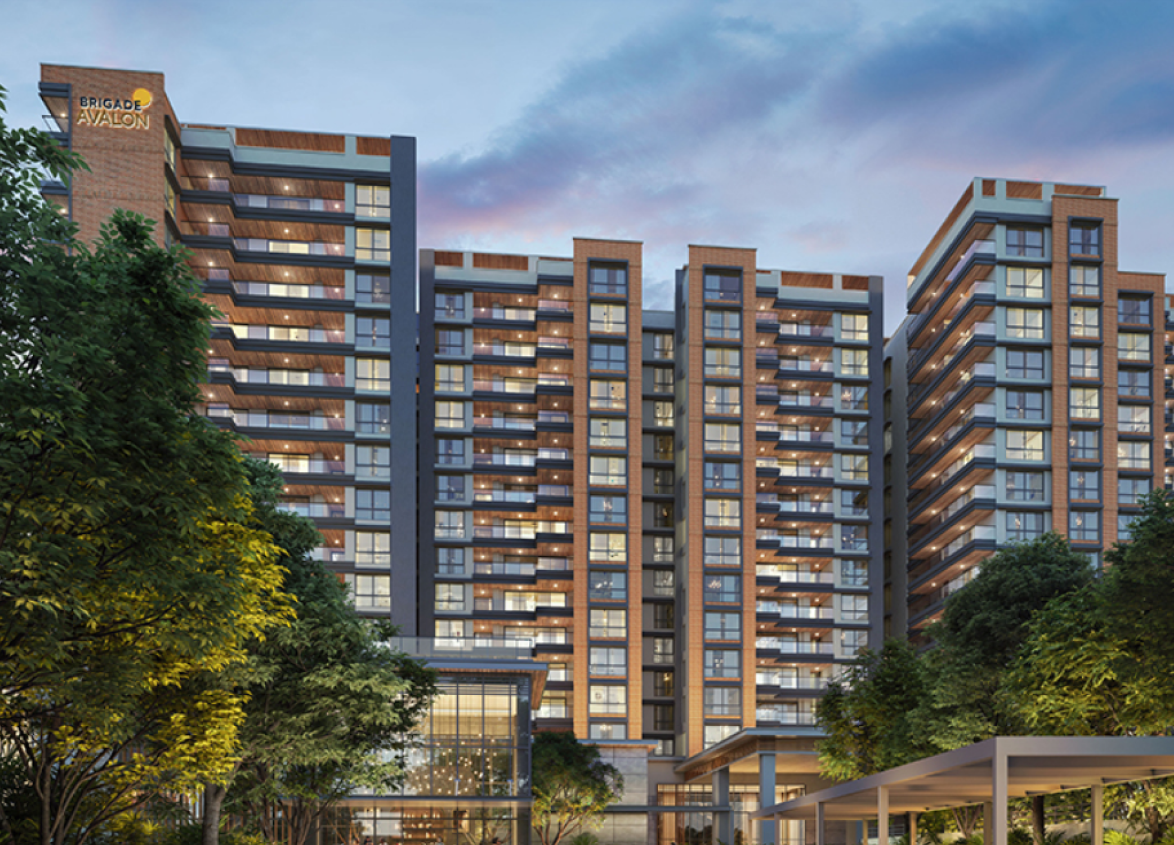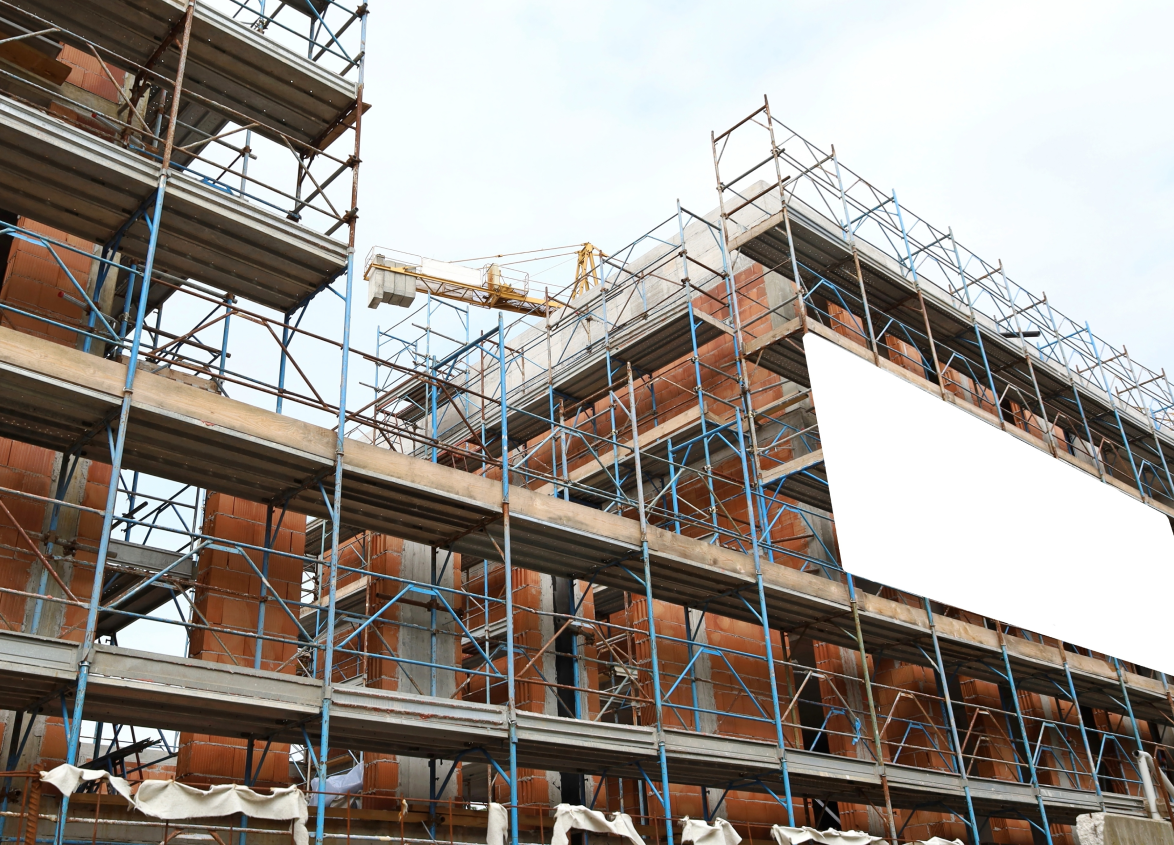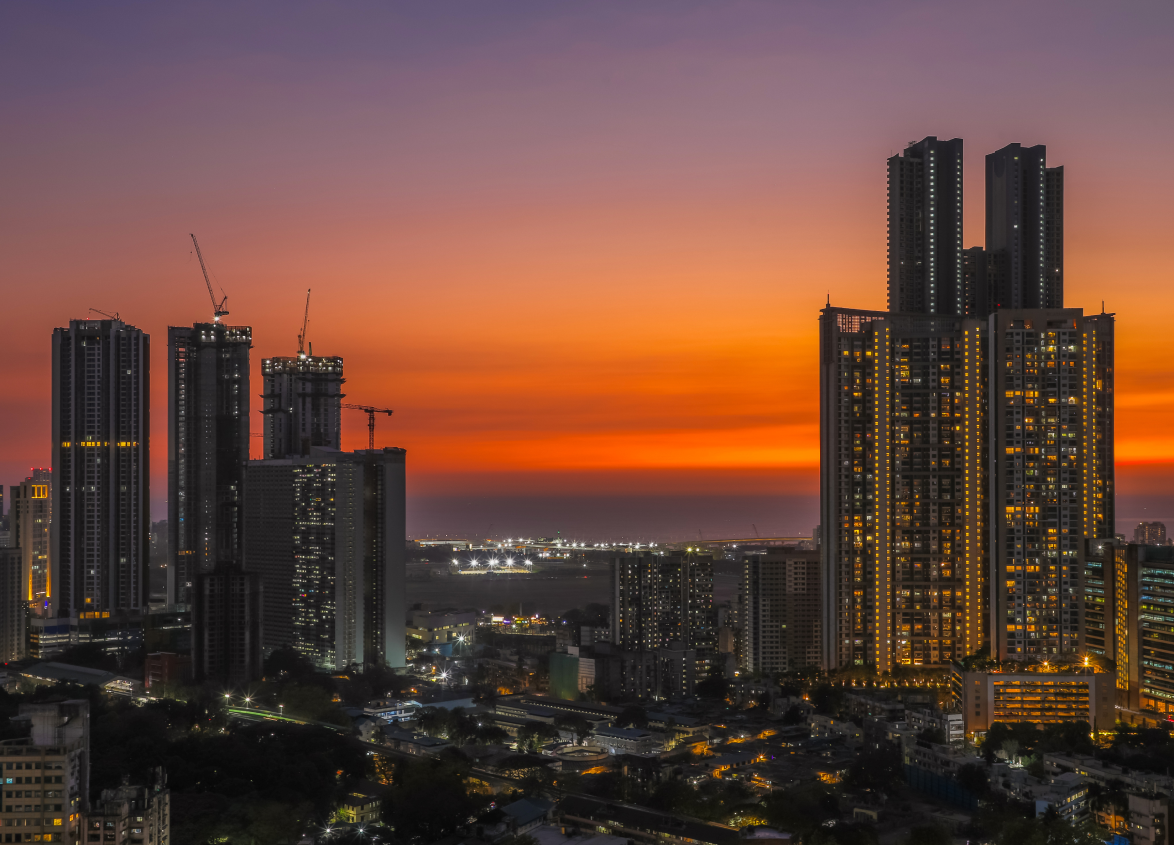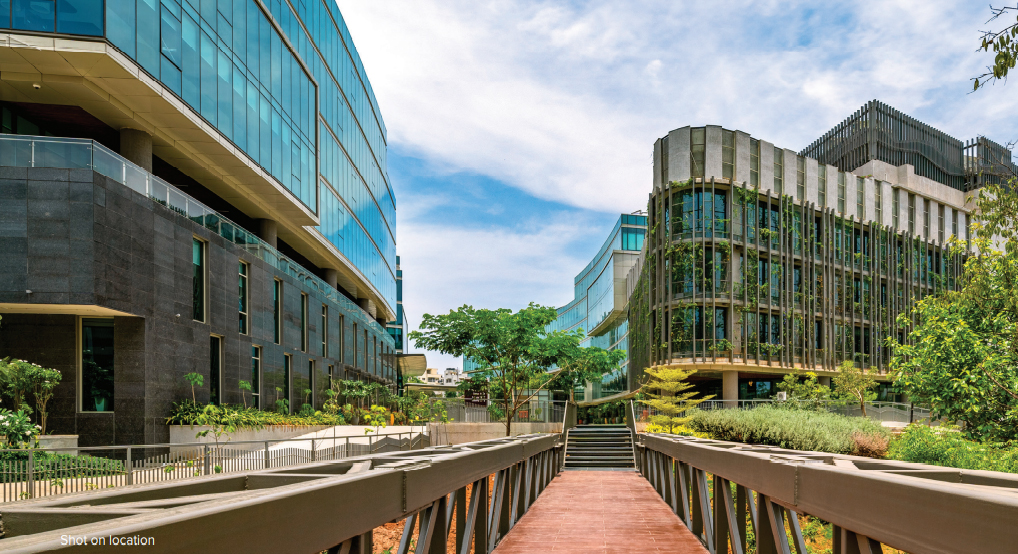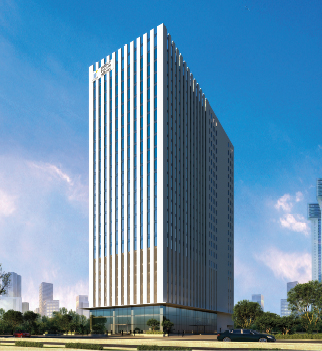
Commercial
The Future of Grade A Office Spaces: What Businesses Should Expect
April 22, 2025
As businesses have evolved in the digital and post-pandemic era, Grade A office buildings are in great demand. These high-end commercial spaces provide cutting-edge infrastructure, sustainable buildings, smart technology and modern office amenities. Therefore, Grade A office buildings have become preferred for businesses and startups.
In 2025 and beyond, businesses will prioritise Grade A office spaces to enhance productivity, employee well-being and brand image. Emerging commercial real estate trends such as green-certified office spaces, flexible office layouts and hybrid workspaces redefine what a premium workplace should offer.
This blog explores the future of office spaces and what businesses should expect.
Understanding Grade A Office Spaces
Grade A office spaces represent the highest commercial real estate standard, designed with cutting-edge architecture, premium locations and advanced sustainability features. These spaces cater to global corporations, tech firms and financial institutions seeking LEED-certified buildings that align with their ESG goals.
Office Space Categories
| Category | Description |
|---|---|
| Grade A | High-end office spaces with modern infrastructure, green-certified offices and smart office technology are ideal for multinational companies, IT firms and corporate headquarters. |
| Grade B | Mid-range office spaces with decent infrastructure but fewer premium amenities. Suitable for SMEs and local businesses. |
| Grade C | Basic office spaces with older buildings, limited technology and minimal amenities. Mostly used by small firms with budget constraints. |
Benefits of Grade A Offices for Enterprises and Startups
Investing in Grade A office spaces offers businesses a range of advantages, from enhanced infrastructure to improved employee well-being. Whether it's a multinational corporation, a fast-growing startup, or an established enterprise, these premium office spaces provide an optimal work environment that fosters productivity, innovation and long-term success.
1. Enhanced Business Reputation and Brand Image
A prestigious office address in a Grade A office space enhances a company's credibility and professional standing. Clients, investors and stakeholders associate premium office locations with trust, stability, and success, making it easier for businesses to establish themselves in competitive industries.
2. Superior Infrastructure and Smart Office Technology
Unlike Grade B or Grade C offices, Grade A office spaces are equipped with state-of-the-art infrastructure, ensuring seamless operations. These offices include:
- High-speed internet and seamless connectivity for uninterrupted workflow.
- Smart office technology includes IoT-enabled lighting, automated temperature control and digital access systems.
- Advanced security systems, including biometric access and 24/7 surveillance.
These modern facilities improve operational efficiency and ensure a hassle-free work environment.
3. Sustainable and Energy-Efficient Offices
With rising awareness about sustainability, businesses are actively choosing energy-efficient offices that align with their ESG (Environmental, Social and Governance) goals. Grade A office spaces often feature:
- LEED-certified buildings with green roofs, solar panels and energy-efficient lighting.
- Green-certified office spaces designed to minimise carbon footprints.
- Rainwater harvesting and waste management systems that support sustainability efforts.
4. Employee Well-Being and Productivity Boost
A well-designed workspace directly impacts employee morale, engagement and productivity. Grade A office spaces prioritise:
- Biophilic office design reduces stress by incorporating natural elements like plants, open spaces and natural lighting.
- Modern office amenities support work-life balance, including wellness rooms, meditation zones and fitness centres.
- Ergonomic workstations and breakout areas, improving comfort and collaboration.
5. Flexibility with Hybrid Workspaces and Coworking Zones
With the rise of hybrid work models, businesses need flexible office layouts that accommodate both in-office and remote employees. Grade A commercial real estate trends now include:
- Hybrid workspaces with on-demand meeting rooms and coworking areas.
- Modular office designs that allow for easy scaling as businesses grow.
- Tech-enabled collaboration zones for seamless remote and in-office integration.
6. High Rental and Resale Value
From an investment perspective, Grade A office spaces hold higher rental yields and resale values than Grade B and Grade C offices. Businesses leasing office space in these prime properties benefit from the following:
- Stable property appreciation, ensuring long-term value.
- Stronger leasing demand, with top corporations preferring premium office locations.
- Better ROI for investors, as these offices attract high-profile tenants.
Key Trends Defining the Future of Grade A Office Spaces
1. Sustainability & Green Building Certifications
With businesses shifting toward sustainable office buildings, the focus is on eco-friendly workspaces that enhance employee well-being and reduce operational costs.
- LEED-Certified Buildings & Green-Certified Office Spaces: Ensuring energy efficiency, lower emissions and resource conservation.
- Energy-Efficient Offices: Implementing smart energy management systems and renewable energy solutions.
- Carbon Neutral & Eco-Friendly Designs: Solar panels, rainwater harvesting and high-performance glass facades.
2. Smart Office Technology & Digital Transformation
Businesses are integrating AI-driven office solutions to enhance productivity and resource optimisation.
- IoT-Enabled Workspaces: Smart lighting, automated HVAC systems and AI-driven building management enhance energy efficiency.
- Touchless & Contactless Access: Advanced security with biometric authentication, mobile app-controlled doors and remote monitoring.
- Seamless Digital Collaboration: Tech-driven conference rooms, cloud-based work management and virtual meeting integrations.
3. Hybrid Workspaces & Flexible Office Layouts
The shift to hybrid workspaces influences office designs, prioritising in-person collaboration and remote work adaptability.
- Flexible Office Layouts: Offices for hot-desking, shared spaces and coworking zones.
- Collaboration & Breakout Zones: Spaces that foster brainstorming, networking and teamwork.
- On-Demand Office Space Solutions: Short-term leasing options that cater to hybrid teams.
4. Health & Wellness-Focused Design
Modern offices increasingly incorporate biophilic office design to support employee health and productivity.
- Biophilic Office Design: Natural lighting, indoor greenery and open-air workspaces reduce stress and enhance creativity.
- Air Purification & Smart Ventilation: High-quality indoor air ensures a healthy workplace environment.
- Quiet & Focus Zones: Noise-free areas for deep work and mindfulness.
5. Modern Office Amenities & Employee-Centric Spaces
Grade A office spaces now focus on creating a premium work environment that enhances employee experience and satisfaction.
- Luxury Cafeterias & Wellness Centers: Gourmet dining and recreational areas for relaxation.
- Fitness & Lifestyle Facilities: Gyms, meditation rooms and yoga studios to promote well-being.
- Concierge & Business Support Services: Personalised assistance for corporate efficiency.
Location & Connectivity: The Role of Prime Business Districts
Location remains a critical factor when selecting an office space. Grade A office spaces are typically found in:
- CBDs (Central Business Districts): Offering high visibility and premium business addresses.
- Tech Hubs & SEZs: Preferred by IT, BFSI and fintech companies for operational efficiency.
- Transit-Oriented Developments: Offices near metro stations, airports and highways for enhanced employee accessibility.
The Impact of Changing Workforce Preferences
As workplace culture shifts, commercial real estate trends are adapting to employee expectations.
- Hybrid Work & Flexible Schedules: Businesses integrate hybrid workspaces with digital collaboration tools.
- Work-Life Balance: Offices have relaxation zones, informal lounges and quiet pods.
- Diversity & Inclusion: Barrier-free, accessible workspaces to accommodate all employees.
Conclusion
Technology, sustainability and workforce demands are shaping the future of office spaces. Companies investing in Grade A office spaces will benefit from energy-efficient, green-certified spaces and premium work environments that enhance productivity and brand value.
Businesses seeking to attract top talent, boost employee well-being and stay ahead in the competitive market must embrace these emerging commercial real estate trends. Whether through sustainable office buildings, smart office technology or flexible office layouts, the modern workspace is evolving—and organisations must adapt to remain competitive.
MUST READ
Looking for something specific?
We'd be delighted to help you.





